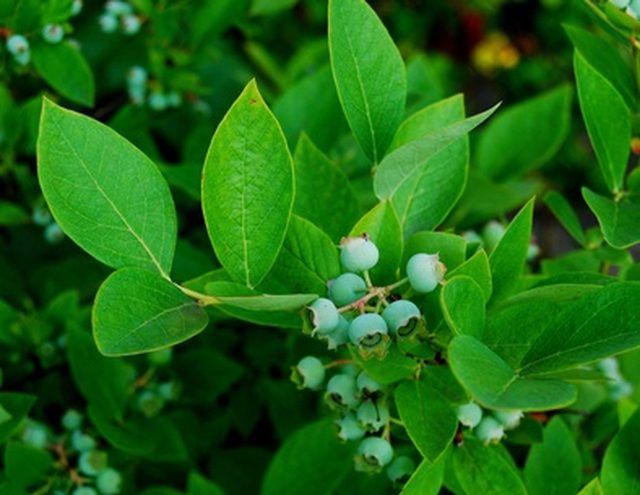Bulbs
Flower Basics
Flower Beds & Specialty Gardens
Flower Garden
Garden Furniture
Garden Gnomes
Garden Seeds
Garden Sheds
Garden Statues
Garden Tools & Supplies
Gardening Basics
Green & Organic
Groundcovers & Vines
Growing Annuals
Growing Basil
Growing Beans
Growing Berries
Growing Blueberries
Growing Cactus
Growing Corn
Growing Cotton
Growing Edibles
Growing Flowers
Growing Garlic
Growing Grapes
Growing Grass
Growing Herbs
Growing Jasmine
Growing Mint
Growing Mushrooms
Orchids
Growing Peanuts
Growing Perennials
Growing Plants
Growing Rosemary
Growing Roses
Growing Strawberries
Growing Sunflowers
Growing Thyme
Growing Tomatoes
Growing Tulips
Growing Vegetables
Herb Basics
Herb Garden
Indoor Growing
Landscaping Basics
Landscaping Patios
Landscaping Plants
Landscaping Shrubs
Landscaping Trees
Landscaping Walks & Pathways
Lawn Basics
Lawn Maintenance
Lawn Mowers
Lawn Ornaments
Lawn Planting
Lawn Tools
Outdoor Growing
Overall Landscape Planning
Pests, Weeds & Problems
Plant Basics
Rock Garden
Rose Garden
Shrubs
Soil
Specialty Gardens
Trees
Vegetable Garden
Yard Maintenance
How to Plant Blueberry Bushes in Georgia
How to Plant Blueberry Bushes in Georgia. Blueberry plants are deciduous shrubs that prefer slightly acidic well-drained soil. Depending on the variety, these plants can grow up to 6 feet tall and produce blueberries from late spring to early fall. Not all blueberries will thrive in Georgia's climate. The cultivar rabbiteyes blueberry is native to...

Blueberry plants are deciduous shrubs that prefer slightly acidic well-drained soil. Depending on the variety, these plants can grow up to 6 feet tall and produce blueberries from late spring to early fall. Not all blueberries will thrive in Georgia's climate. The cultivar rabbiteyes blueberry is native to Georgia and has a low chilling requirement and should be planted in Georgia's lowlands. Southern highbush blueberries thrive in southern Georgia and northern highbush will grow in Georgia's mountains. With a little preparation and favorable growing conditions, blueberry plants will provide you with color and fruit for years to come.
Things You'll Need
Shovel
Compost
Garden shears or sharp knife
Mulch
Choose a planting location that receives partial or full sun. In Georgia's mountains, blueberries need full sun but in the warmer climates, they will need protection from the afternoon sun. Blueberries should be planted in the late winter or early spring as soon as the soil can be worked.
Loosen the soil with a shovel to a depth of 24 inches. Add organic matter such as compost to improve drainage. Blueberry roots will rot in standing water.
Remove the blueberry plant from its container. Score the roots lightly with garden shears or a sharp knife to encourage root growth.
Dig a hole twice as wide as the root ball and place the blueberry in the hole making sure it's at the same depth it was planted in its container. Fill in the hole with your amended soil.
Water well. Keep your blueberry soil moist but not soggy for several weeks while the plant is acclimating to its location.
Spread a thick layer of mulch around your blueberry bush to protect the roots from fluctuations in temperature and to preserve soil moisture.
Tips & Warnings
Fertilize after the first year with a 12-12-12 fertilizer, or a fertilizer specifically designed for azaleas.
Blueberries need a soil pH of 4.5 to 5.0.
Follow the package direction for the fertilizer carefully. Too much fertilizer will damage your blueberry bush.